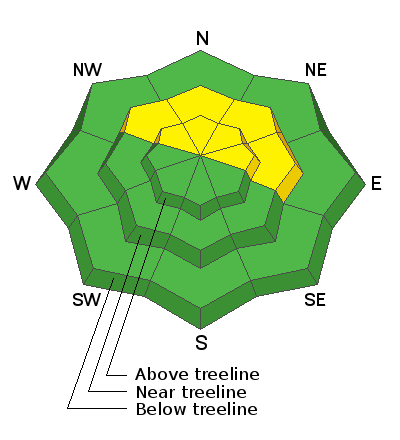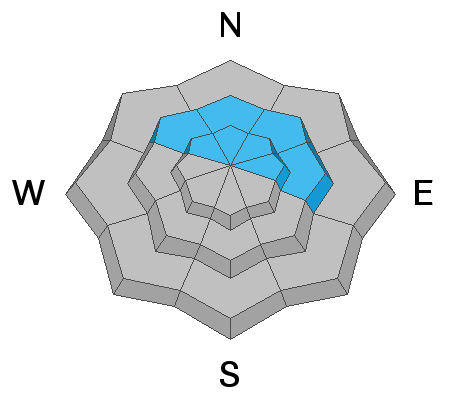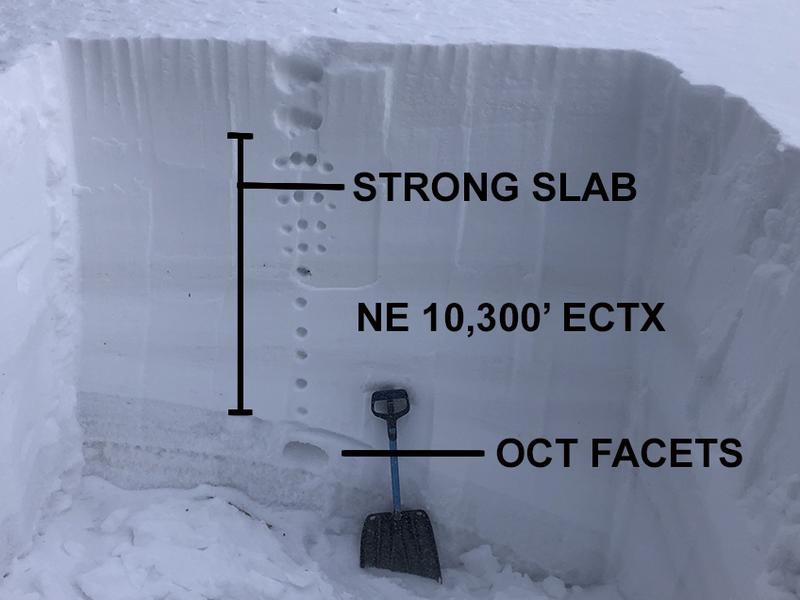Forecast for the Moab Area Mountains

Issued by Eric Trenbeath on
Friday morning, January 14, 2022
Friday morning, January 14, 2022
The avalanche danger remains MODERATE on steep slopes facing NW through E near and above treeline where it is still possible to trigger a large, deep, and very dangerous hard slab avalanche failing on a buried persistent weak layer.
Though the likelihood of triggering a deep and dangerous avalanche continues to trend downward, an avalanche of this magnitude would be un-survivable. Likely trigger points include thin, rocky areas and slopes with steep convexities.

Low
Moderate
Considerable
High
Extreme
Learn how to read the forecast here








